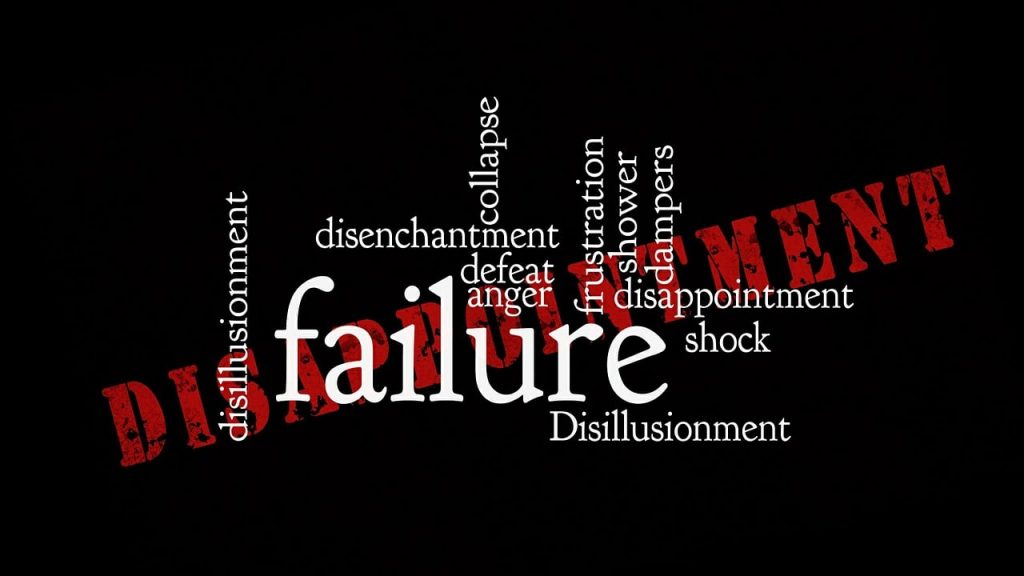
GUEST POST from Janet Sernack
Like millions of others globally, I watched with fascination, the sensational and striking spectacle of the ceremony, significant symbolism, spectacular artifacts, and rituals at the recent King of England’s majestic coronation. At the same time, I allowed my mind to wander and wondered how this visually stunning and unrivaled British ceremony would impact the nations and realms’ culture and leadership, today and in the future, wondering if, indeed, it is at a cultural tipping point.
Where it is believed, by some, that the coronation made “two statements of great importance for today’s world about the place of religion in public life and the importance and meaning of the nation”. Acknowledging that such a monumental and marvelous event is indicative of a cultural tipping point, not only for the people it embraces but also for organizations, nations, and realms as a whole, to search for what is meaningful and valued by its people.
Making the connection
My mind wandered and made some obvious connections between the core and common elements that embody both organizational, and national cultural realms – the values, beliefs, assumptions, and mindsets that drive key behaviors and deliver the common implicit messages. As well as the disciplined systems and processes that deliver the results, the rituals that are enacted, and finally, the artifacts whose symbols represent what the culture values.
Maintaining relevance and engagement
Like the monarchy, what do organizations need to do to maintain relevance and engagement to thrive in unstable and uncertain times, especially when their existence and legacies are being questioned and evaluated by the people they serve?
At a pivotal time when new sets of global, societal, and organizational demands are being made, largely as a result of the fourth industrial revolution, encompassing the convergence of exponential technologies impacting all of us globally.
At the same time, we are all still affected by the consequences of the global pandemic-induced lockdowns, impacting every fabric of our social and civic structures in our world today.
A case study for leveraging cultural tipping points differently
The coronation of King Charles III provides us with a great case study of an outstanding and remarkable display of English cultural attributes.
This enables us to ask some serious questions about how national and organizational cultures and leadership in times of exponential change, like today, might thrive with uncertainty and co-create solutions to some of the most complex global challenges, by leveraging the range of cultural tipping points differently.
A range of organizational cultural tipping points
We are in effect, experiencing globally a range of cultural tipping points:
- At the macro level, according to a recent article here in Australia, where King Charles still resides as our head of state, the local SMH states that this realm is in a state of flux:
“The King is head of state in 15 countries. More than half of the so-called “realm states” are in the Caribbean and most of them are bailing out. Barbados two years ago, Jamaica probably next year. Belize, Grenada, Saint Vincent and the Grenadines are planning their exit as well”.
- At the micro level, according to Mc Kinsey & Co, in a recent article “New Leadership for a new era of thriving organizations” stated that organizations and leadership are also in a state of flux:
“Organizations such as Allianz, Haier, Microsoft, and Nucor are transforming their industries with a new organizational approach that seeks to be open, fluid, and adaptable; unleashes the collective energy, passion, and capabilities of its people; reimagines strategy; and focuses on delivering greater value to all stakeholders”.
“Their cultures support a more open, collaborative, and emergent way of working. And the shift to this new kind of model changes the way businesspeople must lead”.
Going back to culture and leadership fundamentals
Because culture and leadership are, according to Edgar H. Schein “two sides of the same coin and cannot understand one without the other” we have to be in charge and focused to intentionally, constructively, and creatively manage their interdependence.
He also states that culture matters because it is a “powerful, tacit, and often unconscious set of forces that determine both our individual and collective behaviors, ways of perceiving, thought patterns, and values”.
If we do not intentionally and strategically take charge, focus, and leverage these forces, we will simply always be at the effect of them, as they take us down the path of least resistance, remain implicit, and will not deliver the results we want and need in a disruptive world.
Going back to culture and leadership fundamentals
Because culture and leadership are, according to Edgar H. Schein “two sides of the same coin and cannot understand one without the other” we have to be in charge and focused to intentionally, constructively, and creatively manage their interdependence.
He also states that culture matters because it is a “powerful, tacit, and often unconscious set of forces that determine both our individual and collective behaviors, ways of perceiving, thought patterns, and values”.
If we do not intentionally and strategically take charge, focus, and leverage these forces, we will simply always be at the effect of them, as they take us down the path of least resistance, remain implicit, and will not deliver the results we want and need in a disruptive world.
Sharing the key messages
My mind then wandered and considered what might be the key messages being communicated by this incredible series of marvelous events, and wondered how relevant and engaging they might be to people today:
- A coronation signals the conferment of God’s grace upon a ruler,
- A coronation appoints the king as the Supreme Governor of the Church of England,
- A coronation is a joyous and celebratory event.
Back to the SMH “The people got what they wanted. The cheers in the Mall, the boulevard built for the adoration of royalty, were real, even if the masses were down on those for the Queen’s Jubilee.”
Impacting the future
It remains to be seen if this powerful, majestic, memorable, and significant once-in-a-lifetime ceremonial event will ultimately help unify or divide the English realm. Which it seems, is facing its own range of unique challenges and a controversial cultural tipping point, ultimately and seriously impacting its future viability.
Back to the SMH “But Charles’s big show might be his last great day. The last dance of a wheeling, brilliant circus that has entertained and beguiled but which soon enough, in its distant realms, will stutter and shrink and reel no more.”
Why does this matter?
This matters today because we are individually, and collectively at a range of social, civic, and organizational cultural tipping points.
Where our organization and leaders are also dancing many of our “last dances”, and “stutter and shrink and reel nor more” because, according to some, we are not strategically focussed on leveraging the culture and leadership basics:
- Implicitly clarifying values that focus on delivering value that improves the quality of people’s lives that they appreciate and cherish and explicitly making them an active part of corporate life.
- Ensuring that leaders role model and enact behaviors that demonstrate the values in action, where people are accountable and rewarded by rigorous systems and supportive disciplined, and agile processes.
- Co-creating powerful sets of rituals, symbols, and artifacts, aligned to the values, that deliver the “new architectures” to create permission, safety, and trust that drive collaboration, experimentation, innovation, inclusion, and sustainability.
- Communicating engaging and inclusive messages that resonate creativity, respect, and appreciation for people, profit, and the planet.
Shifting the organizational cultural tipping points
It’s time to transform leadership to transform organizations, in ways that are self-aware and inspiring, meaningful and purposeful, equitable and sustainable, with increasing speed, resilience, and efficiency to guide organizational cultures and leadership that:
- Helps people navigate and balance in-person and remote work, be mentally healthy and well, and make the way for both applied AI and human skills development.
- Develops new rules for attracting and retaining people, close the capability chasm and walk the talent tightropes to better equip, empower and harness people’s harness collective intelligence to make both the organization and the world better places.
- Creates, invents, and innovates new ways of thinking, and acting that ultimately shift the range of cultural tipping points to meet new sets of global, societal, and organizational demands and challenges emerging in the 21st century, and lets go of what is no longer relevant to better serve humanity as a whole.
Find out more about our work at ImagineNation™
Find out about our collective, learning products and tools, including The Coach for Innovators, Leaders, and Teams Certified Program, presented by Janet Sernack, is a collaborative, intimate, and deeply personalized innovation coaching and learning program, supported by a global group of peers over 9-weeks, which can be customised as a bespoke corporate learning program.
It is a blended and transformational change and learning program that will give you a deep understanding of the language, principles, and applications of an ecosystem focus, human-centric approach, and emergent structure (Theory U) to innovation, and upskill people and teams and develop their future fitness, within your unique innovation context. Find out more about our products and tools.
Image Credit: Pixabay
 Sign up here to join 17,000+ leaders getting Human-Centered Change & Innovation Weekly delivered to their inbox every week.
Sign up here to join 17,000+ leaders getting Human-Centered Change & Innovation Weekly delivered to their inbox every week.

![]() Sign up here to join 17,000+ leaders getting Human-Centered Change & Innovation Weekly delivered to their inbox every week.
Sign up here to join 17,000+ leaders getting Human-Centered Change & Innovation Weekly delivered to their inbox every week.







 Drum roll please…
Drum roll please…